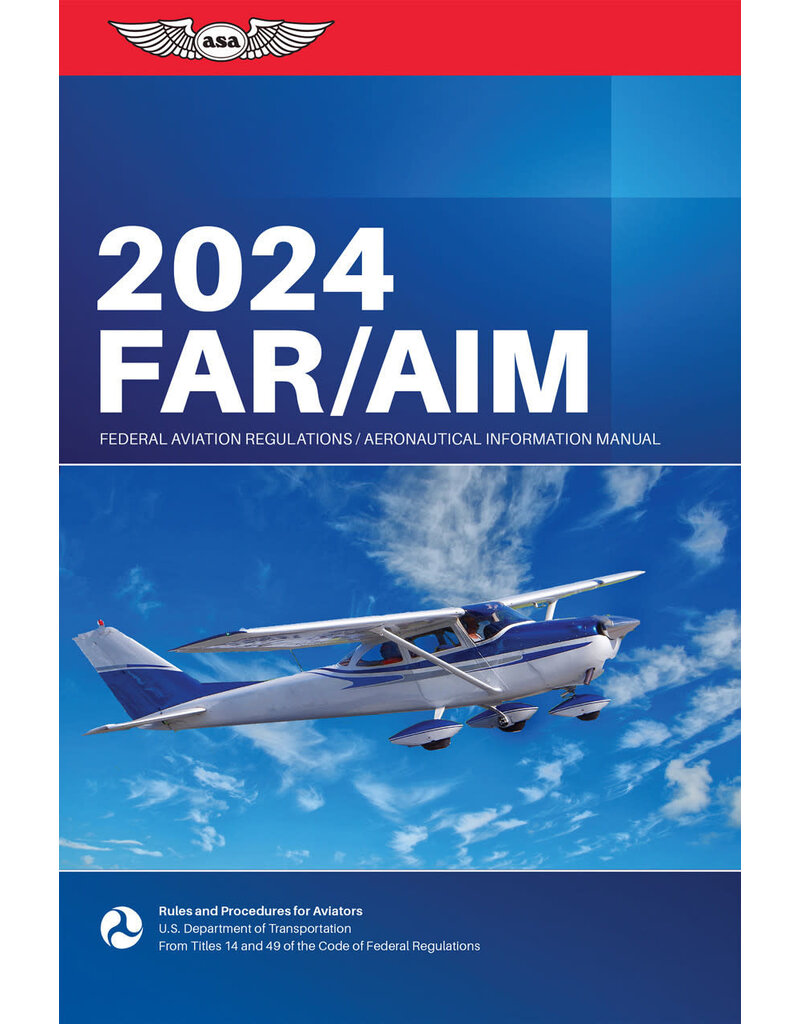Aeronautical Lighting and Other Airport Visual Aids: Ensuring Safe and Efficient Airport Operations
Introduction
Airports are complex environments where safety is paramount. Aeronautical lighting and other visual aids play a crucial role in enhancing visibility, situational awareness, and safe navigation for pilots and ground personnel. In this article, we will explore the types of aeronautical lighting and other visual aids used at airports and their functions.
Types of Aeronautical Lighting
Airports employ various types of lighting systems to guide aircraft during approach, landing, takeoff, and ground operations. These systems include:
- Approach Lighting Systems (ALS): ALS help guide pilots during final approaches to the runway. They provide visual cues such as touchdown point, runway alignment, and glide slope.
- Runway Lighting Systems (RWS): RWS assist pilots in identifying the runway, determining its length, and aligning their aircraft for landing or takeoff.
- Taxiway Lighting Systems (TWS): TWS provide guidance to pilots taxiing to and from the runway, enabling safe and efficient movement on the ground.
- Obstruction Lighting: Obstruction lighting marks tall structures around the airport to enhance visibility and prevent collisions.
Other Airport Visual Aids
In addition to lighting systems, airports utilize other visual aids to enhance visibility and situational awareness. These include:
- Visual Approach Slope Indicator (VASI): VASI provides visual guidance to pilots during the final approach, indicating the aircraft's position relative to the desired glide slope.
- Precision Approach Path Indicator (PAPI): PAPI is a precision version of VASI, providing more accurate guidance during instrument approaches.
- Runway End Identifier Lights (REIL): REIL indicate the approach end of the runway, improving visibility and enabling pilots to identify it during night operations.
- Windsocks: Windsocks provide visual indication of wind direction and speed, assisting pilots in determining crosswind conditions.
Importance of Aeronautical Lighting and Visual Aids
Aeronautical lighting and other visual aids are essential for safe and efficient airport operations. They provide critical information to pilots, enabling them to:
- Accurately approach and land on the runway
- Navigate safely around the airport in low-visibility conditions
- Avoid obstacles and potential hazards
- Maintain situational awareness during ground operations
Conclusion
Aeronautical lighting and other airport visual aids play a vital role in enhancing safety and efficiency at airports. By understanding the different types of lighting systems and visual aids, we appreciate their importance in ensuring the safe navigation of aircraft and ground personnel. Continuous advancements in these technologies contribute to a safer and more efficient aviation system.


Comments